
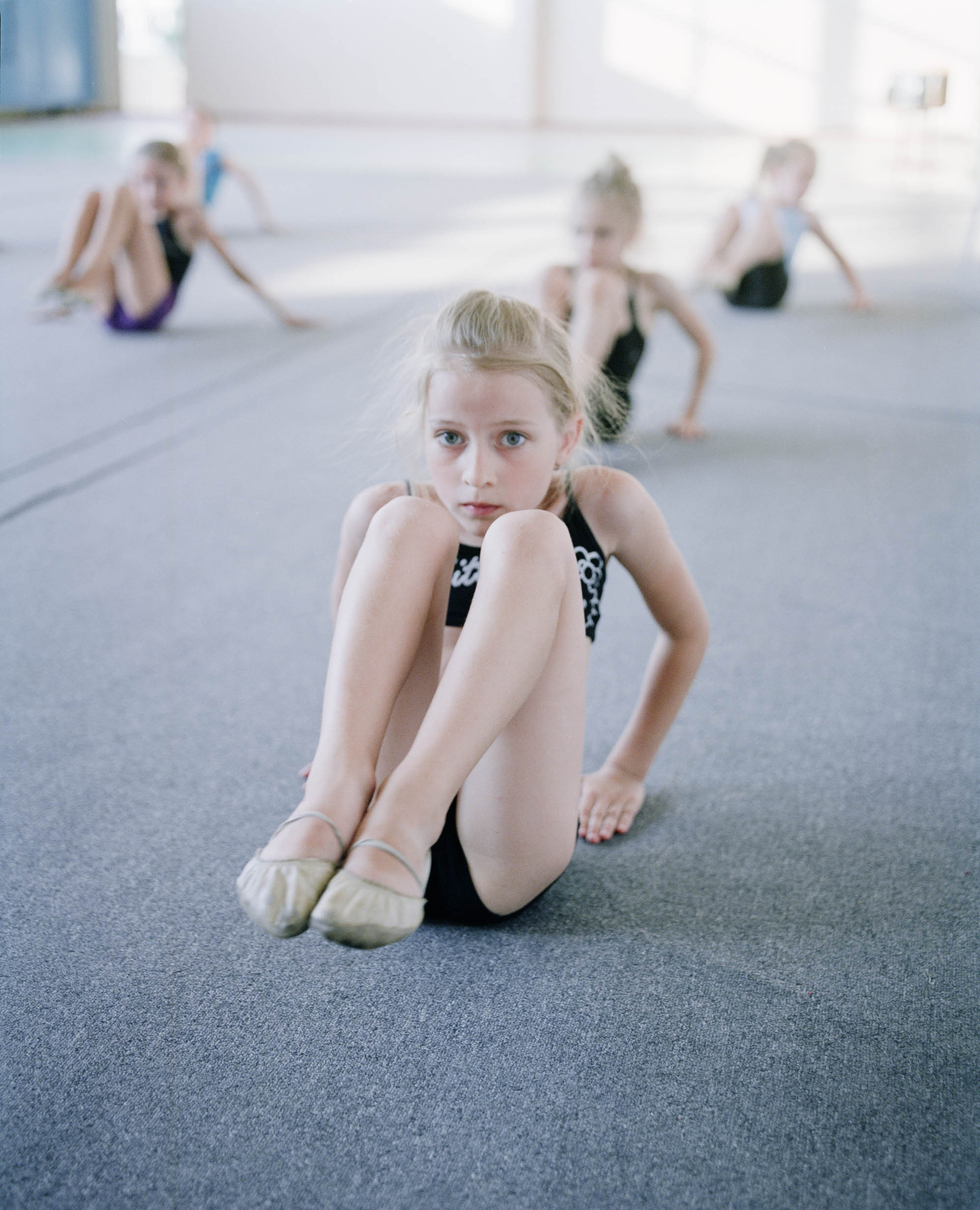

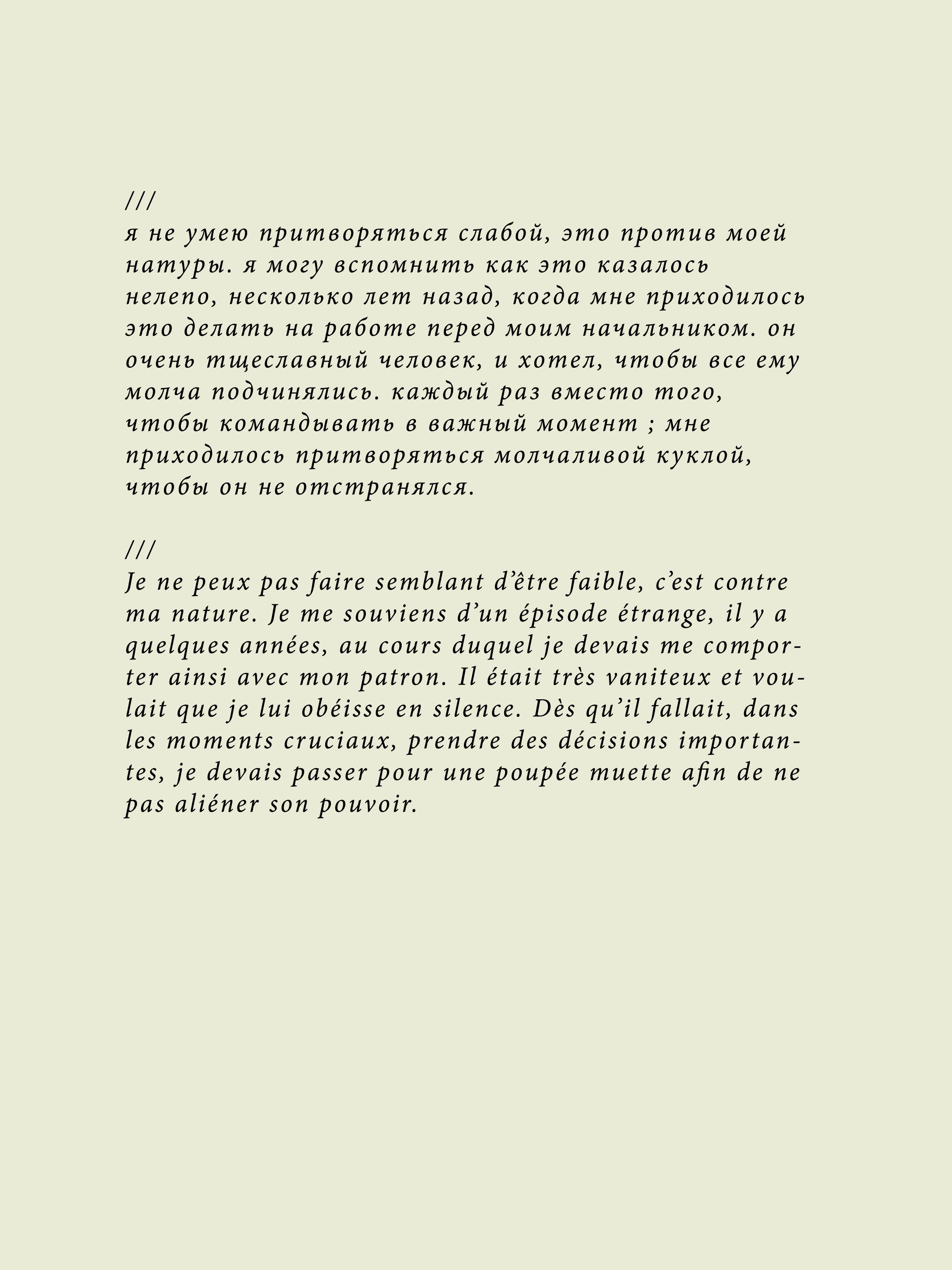
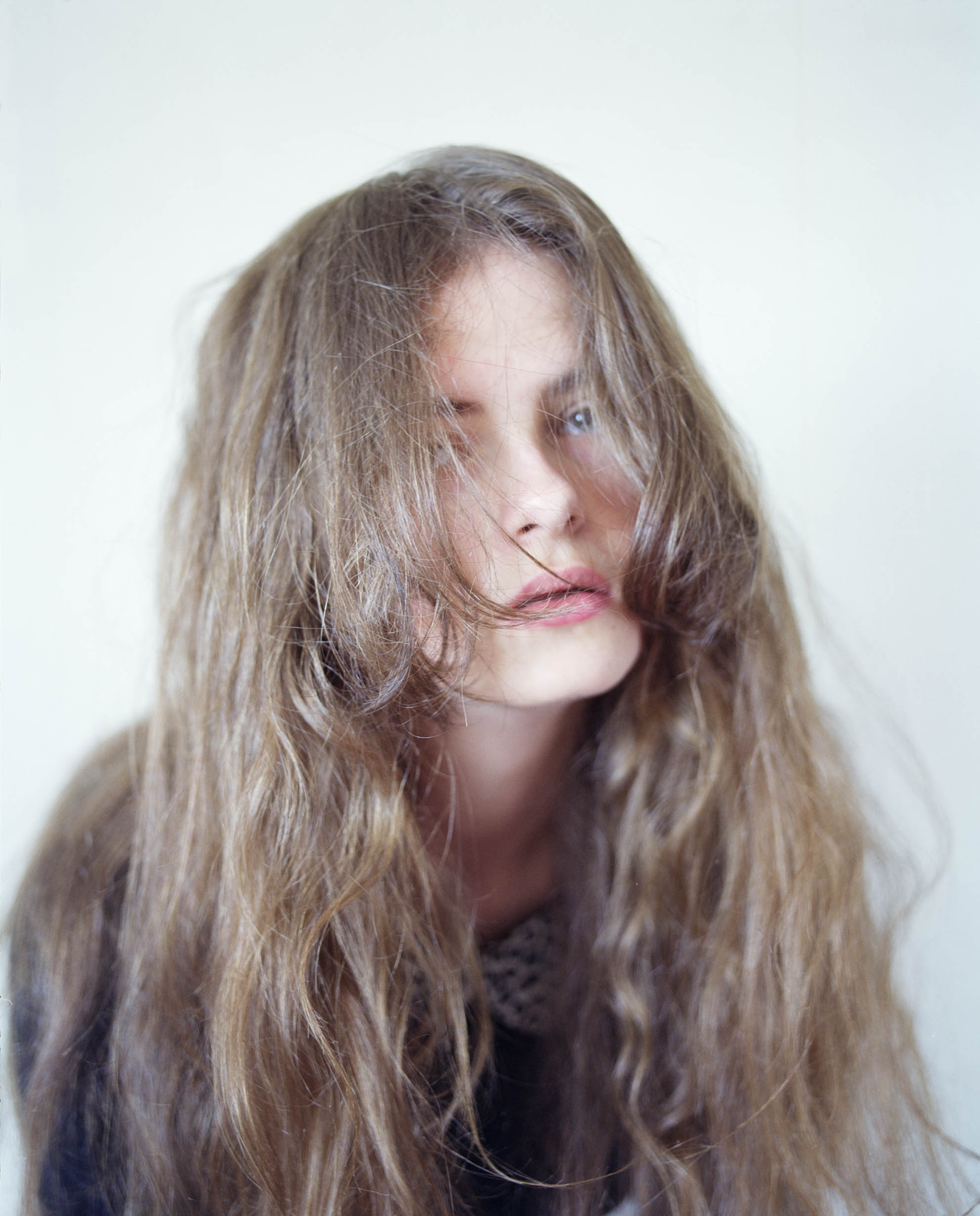


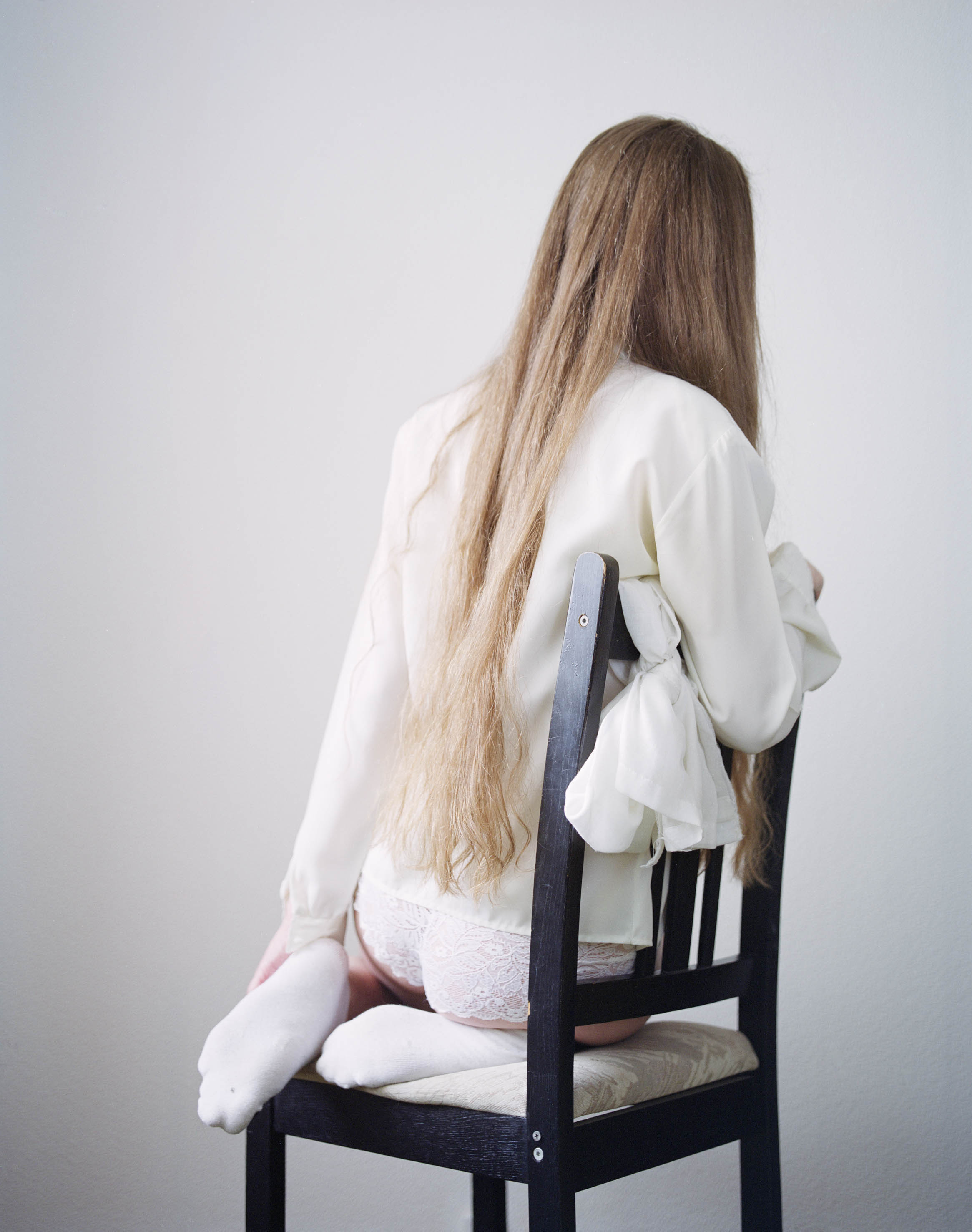
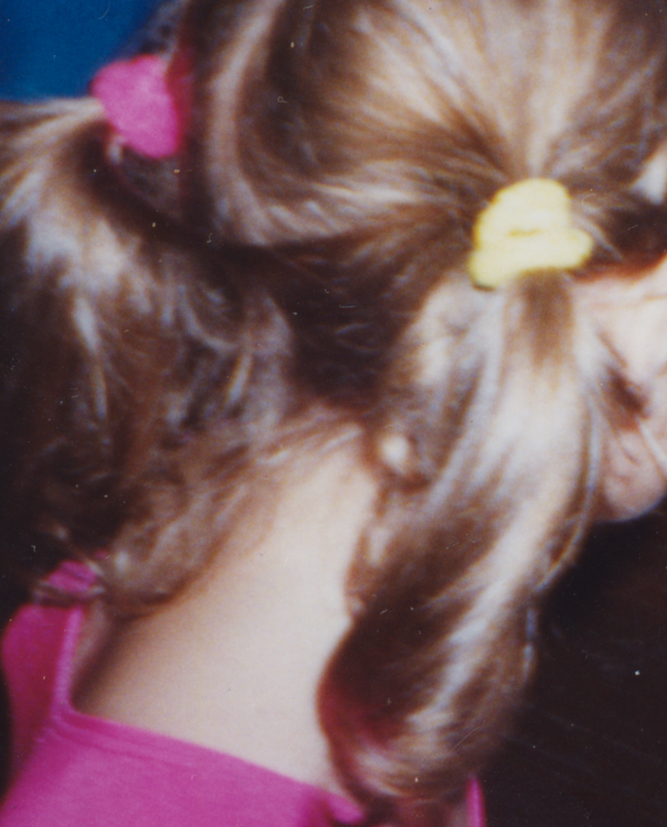
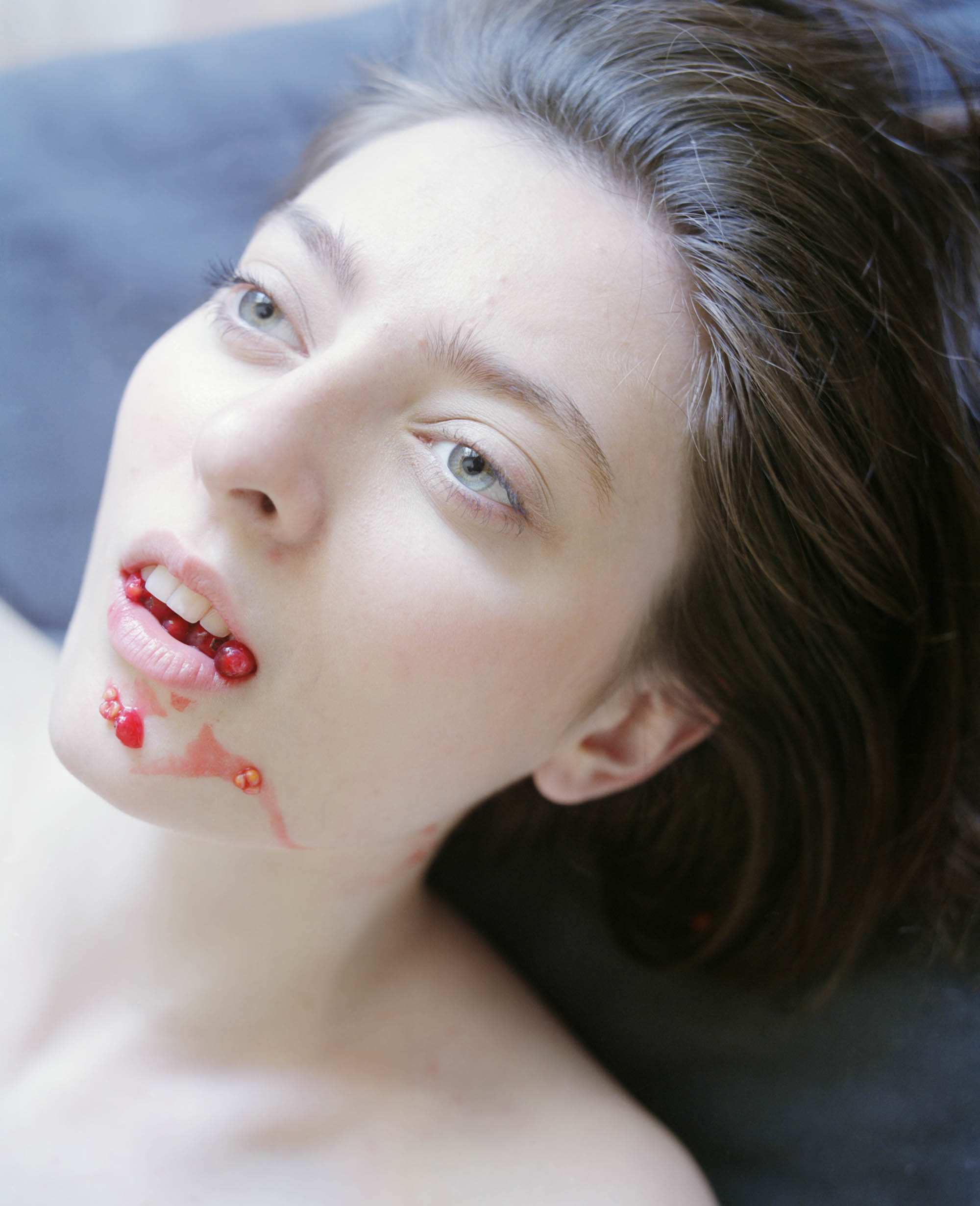




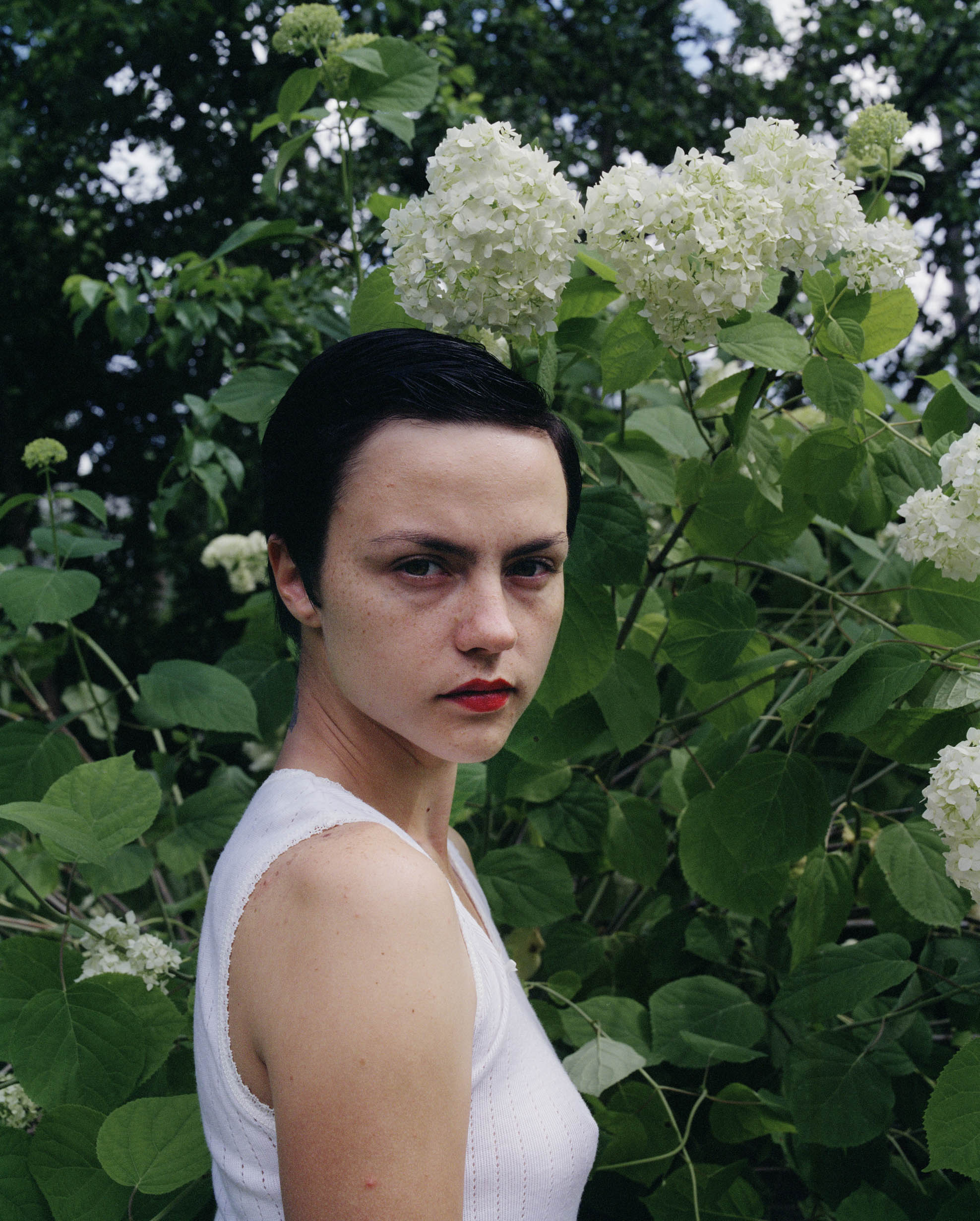

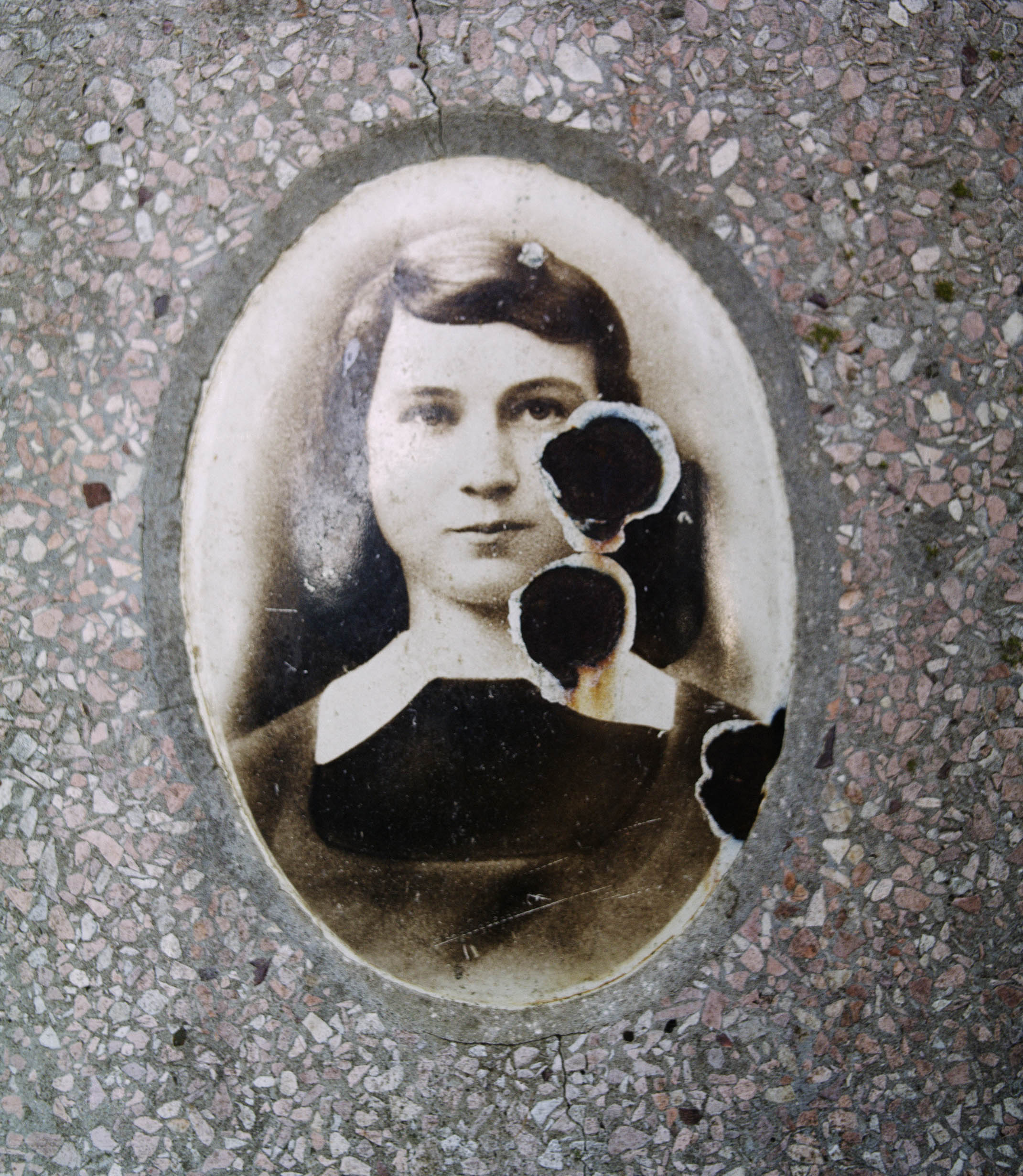

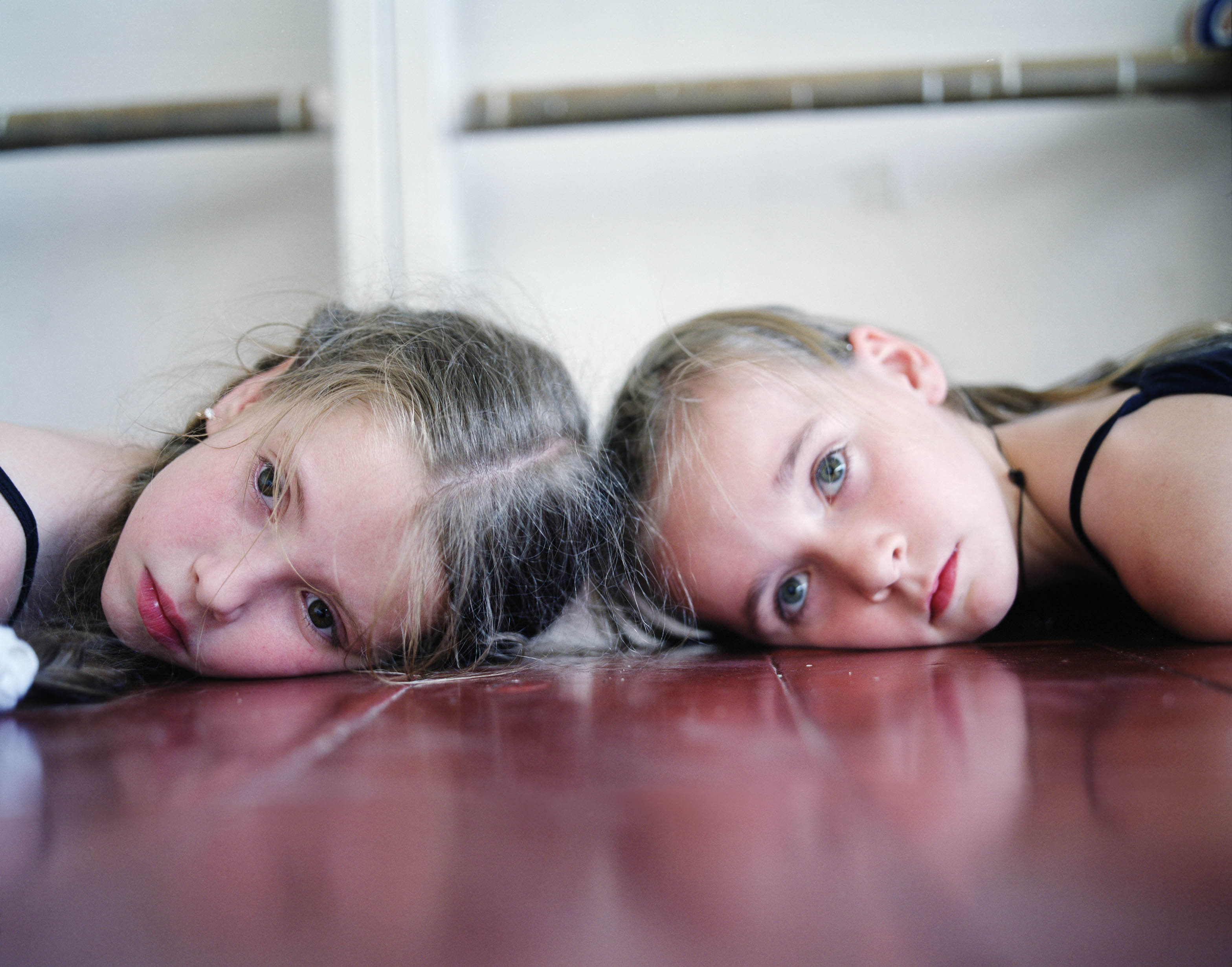
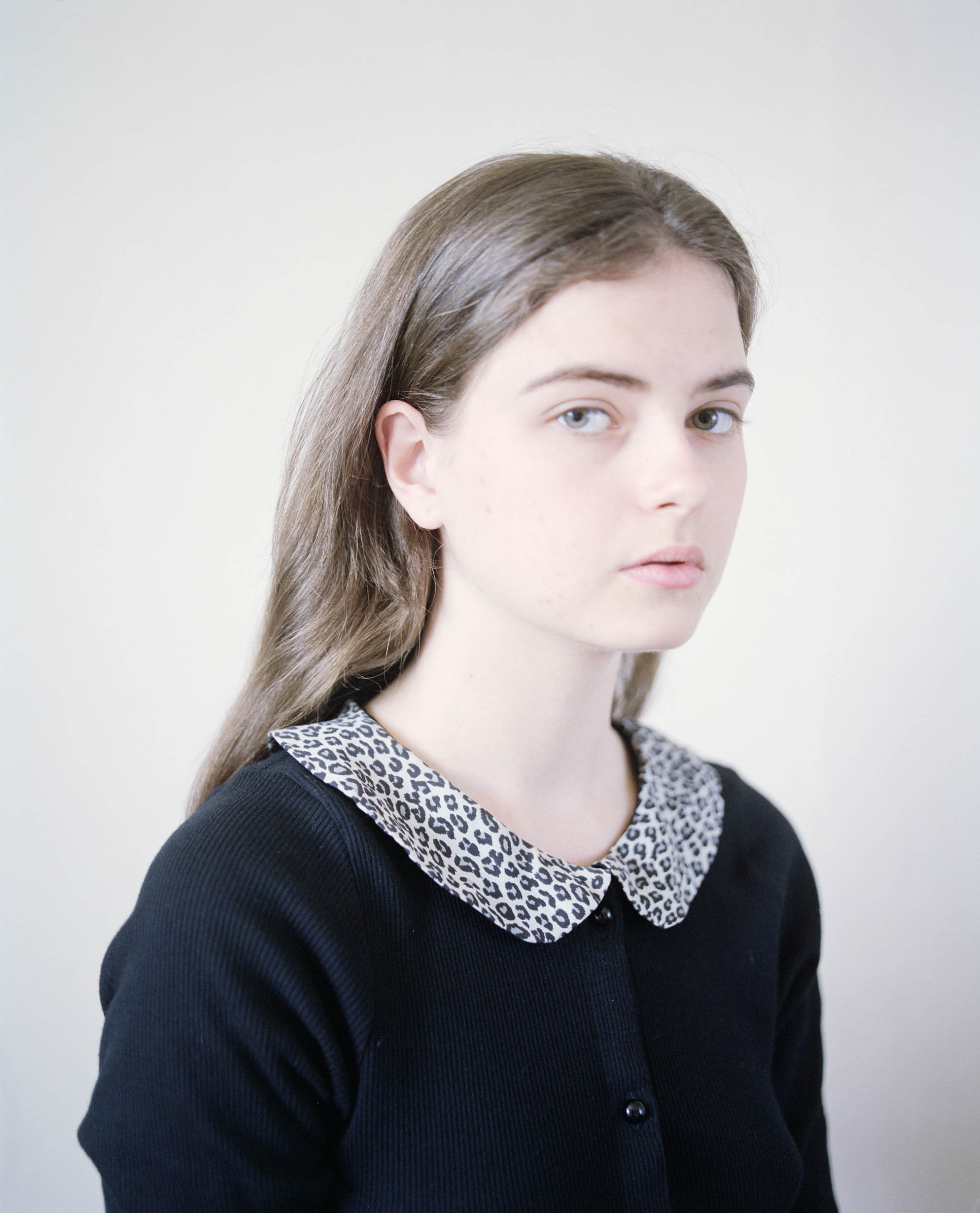
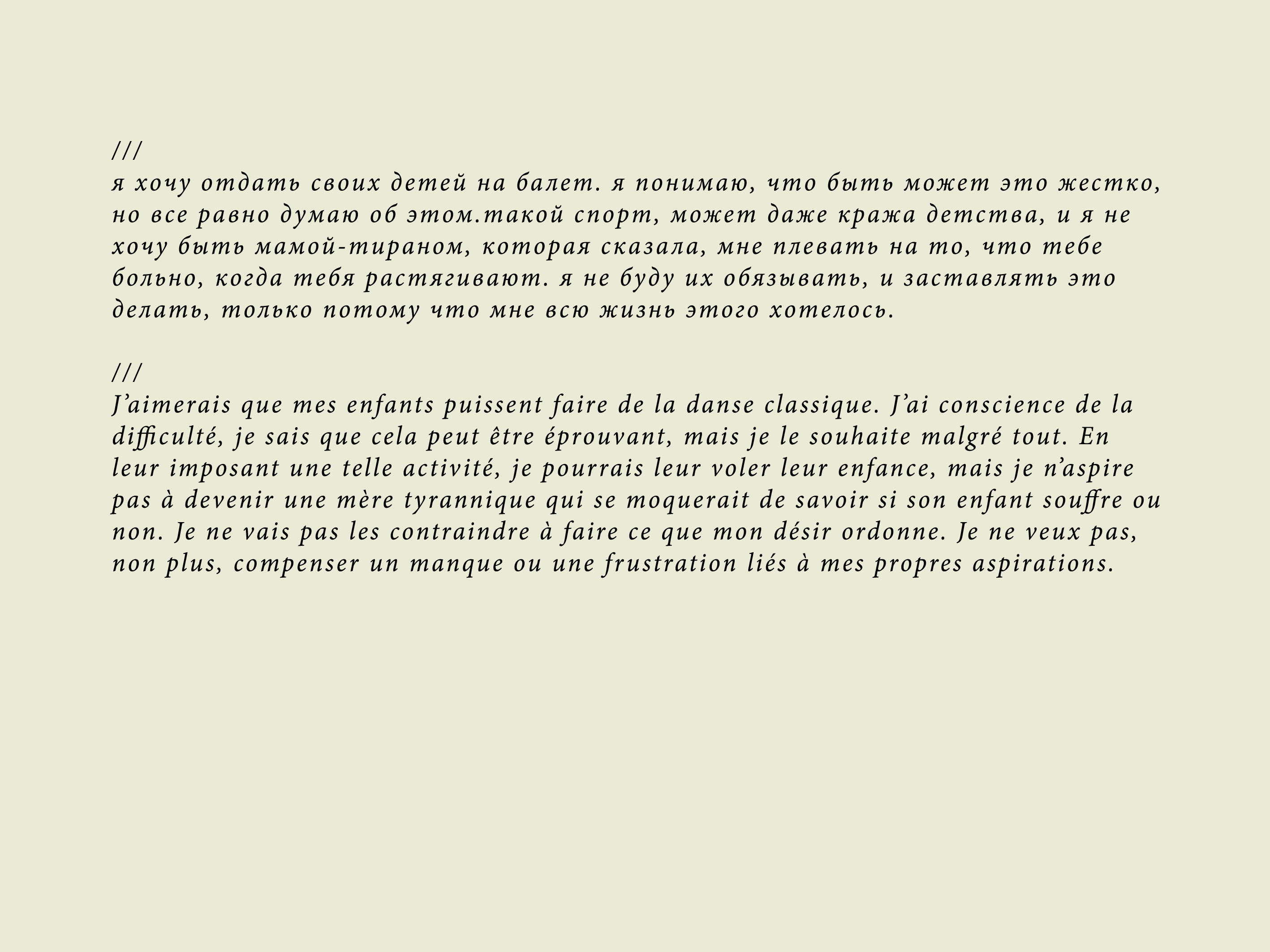



In collaboration with FABRICA (Treviso, Italy)
RTR Gallery presents “Furious like a child”, Margo Ovcharenko’s first solo exhibition. The project was developed as part of the artist’s residence in FABRICA, the Benetton Group’s communication research center., but all images have been taken in the Russian countryside.
The exhibition comprises a selection from the 120 images in the series, as well as brief interviews with her models, collected by Ovcharenko. The ensemble is a mosaic of visual clichés: young women still children posing in front of the photographer, small gymnasts captured during their lessons, portraits on tombstones of women of the past, excerpts from the artist’ own archives and referring to fragments of artist’s life as a child, dressed as a gymnast, and finally some images from pornographic magazines. "My desire is to not give you a puzzle to put together, which gives a predetermined picture of good or evil.” Rather, the images are elements of continuous reflection, of personal experiences and those of others, a collection of stories.
Ovcharenko interest in her role as a photographer is recording "the amazing combination of two contrasting feelings, shame and frivolity." How do people photographed on these imperfectly framed images, appear playful, fragile and naive, open and honest at a time.
Margo Ovcharenko wants to make testimony of herself as a child gymnast, an aesthetic discipline, she describes as being particularly cruel to the bodies and minds, manipulated to demonstrate the power of the Soviet regime. The burden of representing the country at the highest level, was placed on the fragile shoulders of those small girls.
However, above all Margo is a contemporary woman who is perceives implicitly that life is made up of natural and artificial tensions, relationships to build and to maintain, attitudes to display. This perception equally affects the women of old and translated through the tombstone photo images. One senses in these portraits, the imperative to play nice for the camera, which did not succeed to erase the sorrow in their eyes. Why were these beautiful female flowers, brutalized, broken and cut down at such an early age? How does one adapt to survive in such a world? How does one keep one’s integrity and soul, and not end up like Anna Karenina? Margo Ovcharenko’s women prepare early in life situations of personal crisis. They forge their character by taking positions full of force, while adapting by pretending to be fragile.
"No, I do not want to be weak," said one of them. But does she have that choice?
// By comparing the rituals of dance and death for women, MargoOvcharenko’s through process becomes sociological. It lays bare the mechanisms of a system that grasps at aesthetic aspirations (grace, beauty, perfection) to capture the individual. The work presented here therefore opens a new branch of the mental map the theme. //
